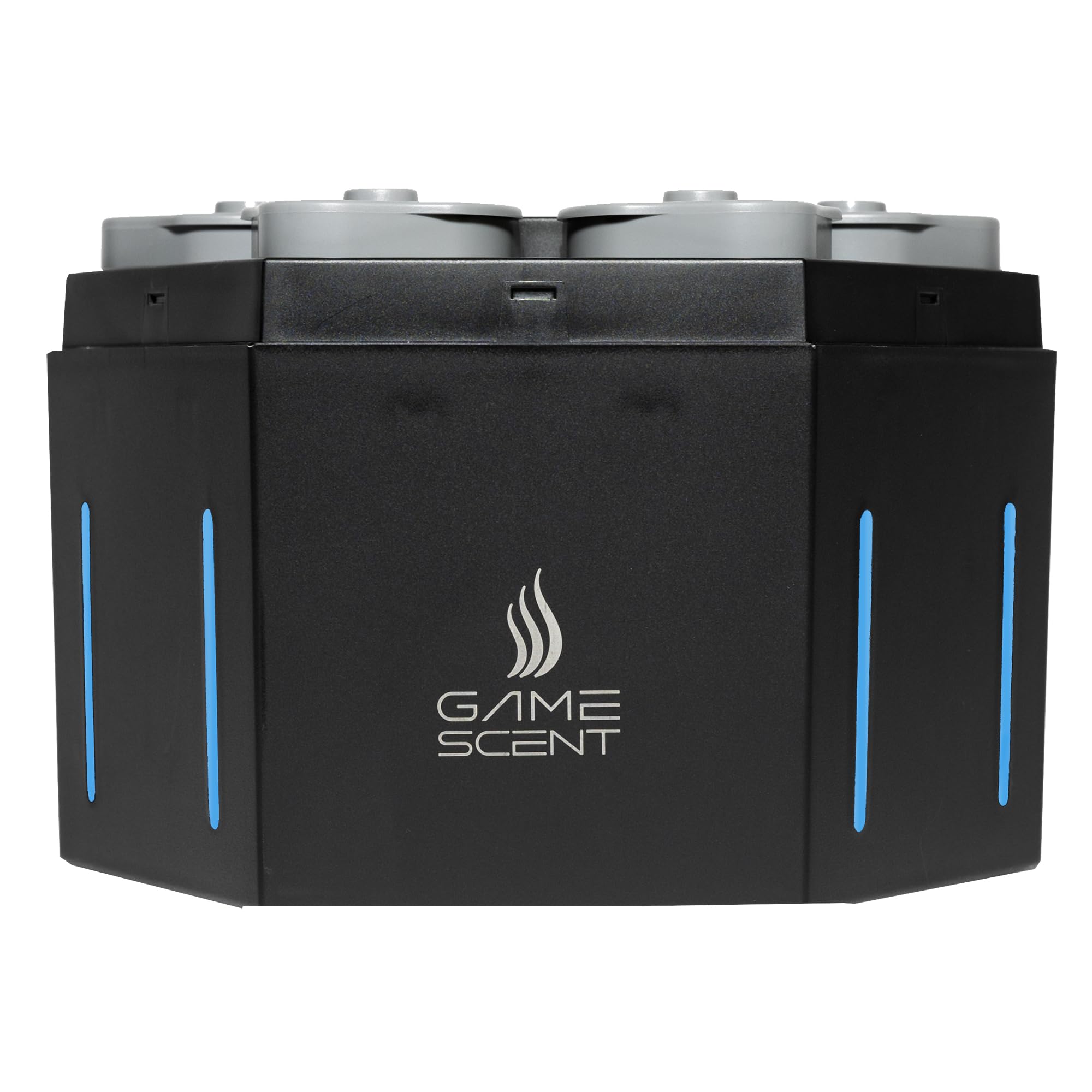If you needed any kind of hint that PCs are moving above and beyond anything that consoles are doing this generation, look no further than Intel’s recently announced The Core i9. This mean mamma jamma packs 12 cores across 20 threads, offering unparalleled power for $999.99. And you know what the crazy part about it is? That’s the weakest of the bunch.
Over on the official Intel website they announced that the i9 14 nanometer chip is the start of a whole new generation of high-powered central processing units for desktop computers.
The i9 comes in three different categories, with the weakest and newbiest being the i9-7920X utilizing a dode-core processor with 24 threads, and Blues reports that it starts at $999.99. The next step up from there is a 14-core processor utilizing 28 different multithreads at a time, which fits under the i9-7940X umbrella. The next step up is the i9-7960X featuring 16 cores and 32 threads for $1,699, and the final and most beastly of the group is the $2,000 CPU labeled as the i9-7980XE Extreme Edition, which features an unbelievable 18-core processor running up to 36 threads.
That processor is just unbelievably insanely powerful. At $2,000 it seems like overkill, especially considering that there are no games on the market right now that would even come close to making use of a processor that powerful.
Nevertheless, it’s coming soon and this is obviously Intel’s answer to AMD’s recently released Ryzen CPU line.
Unfortunately for AMD the cost-effective CPU only barely outperformed the i7 in certain strict tests, and it seemed to flounder in others. The highlight of the Ryzen, however, is that it’s a cheap little chip for what it has to offer and it obviously won’t cost you $2,000.
I suppose the i9-XE would be for those people running high-end software relying on heavy duty floating point calculations, or people who are doing lots of intensive graphic design work relying on real-time rendering with near photo-realistic images.
Otherwise, the i9-XE doesn’t serve much of a purpose in the realm of gaming right now unless you’re planning on brute-forcing emulation software to run at a certain speed, or you have an impressive multi-monitor setup. But it’s nice to see Intel making progress. Now if only the software industry could take note and follow suit.









